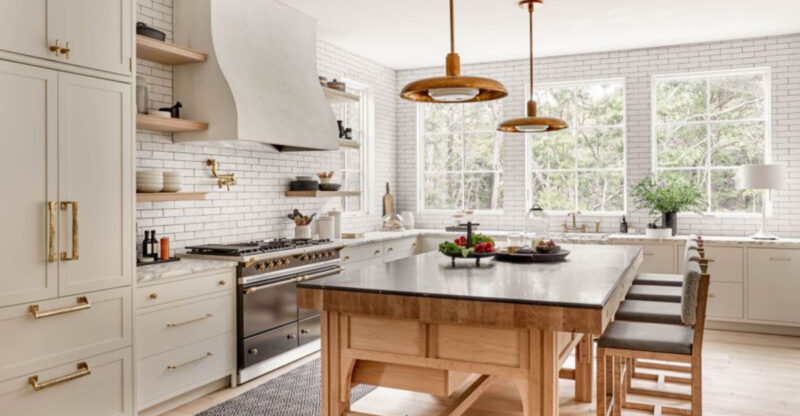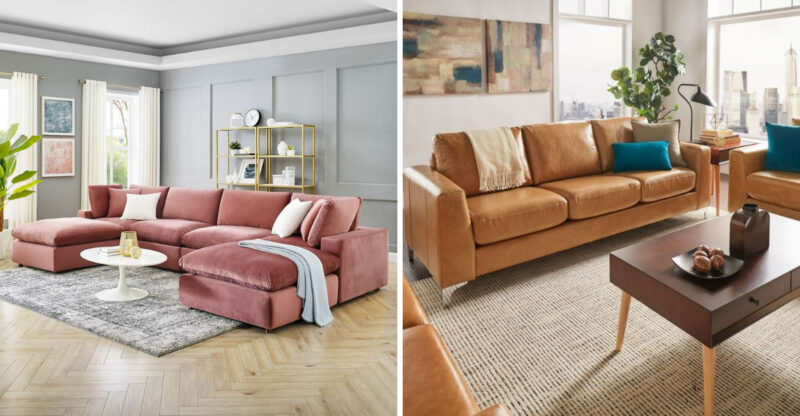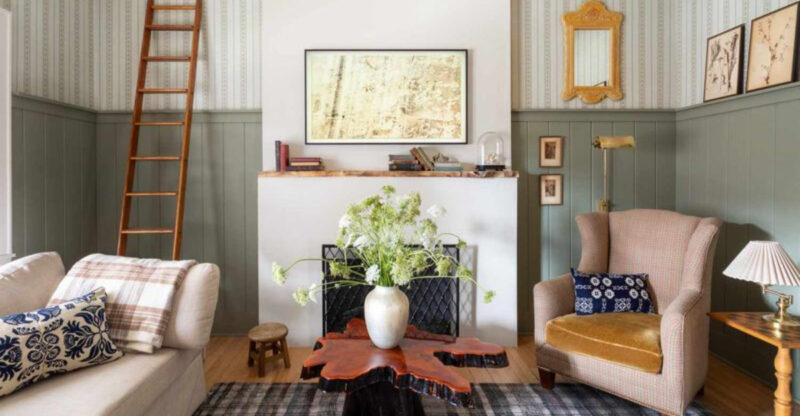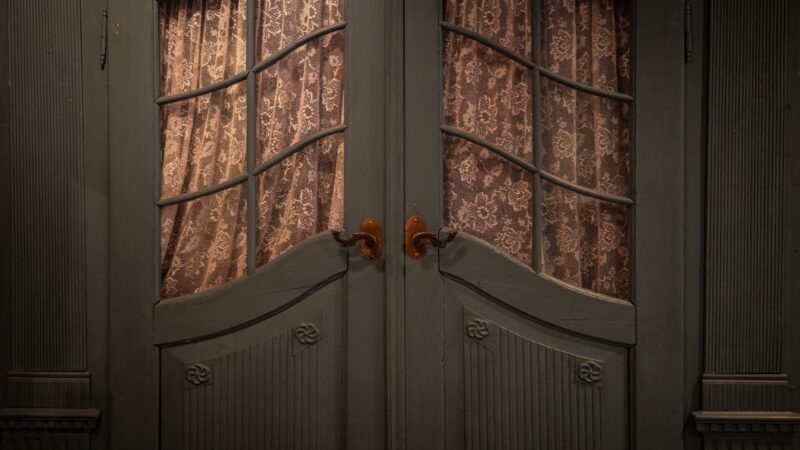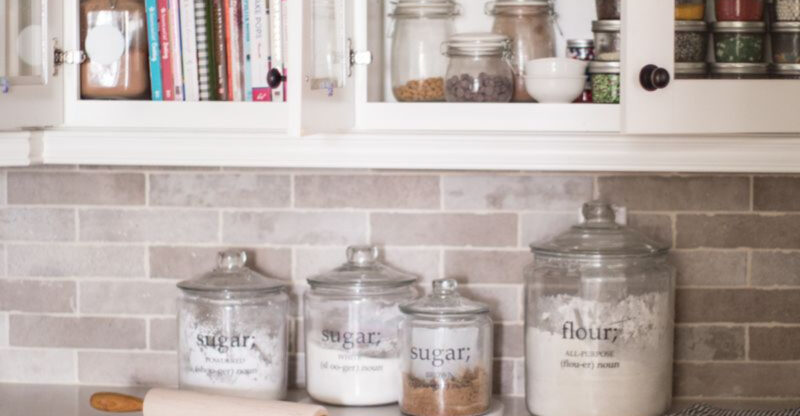10 Common Home Staging Mistakes That Waste Your Time And Don’t Improve Rooms
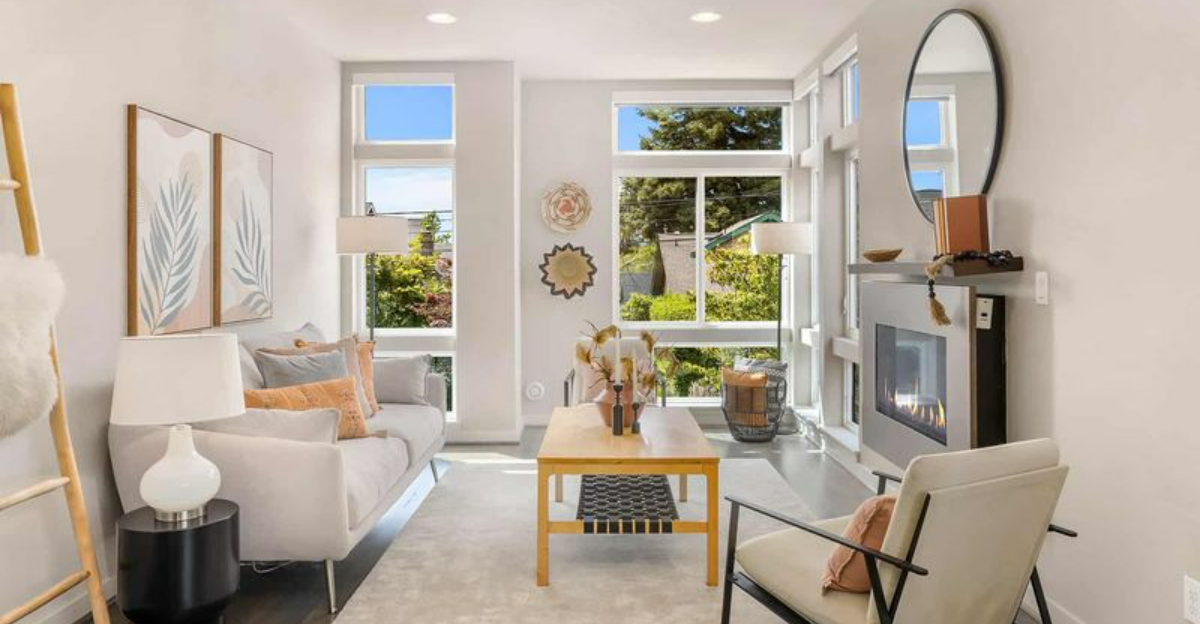
When selling your home, staging can make a huge difference in how fast it sells and for how much money. But not all staging tricks are worth your time or effort. I’ve seen many sellers waste hours on things that buyers don’t even notice or care about.
Let’s look at the most common staging mistakes that just aren’t worth your energy.
1. Shoving Clutter Into Closets
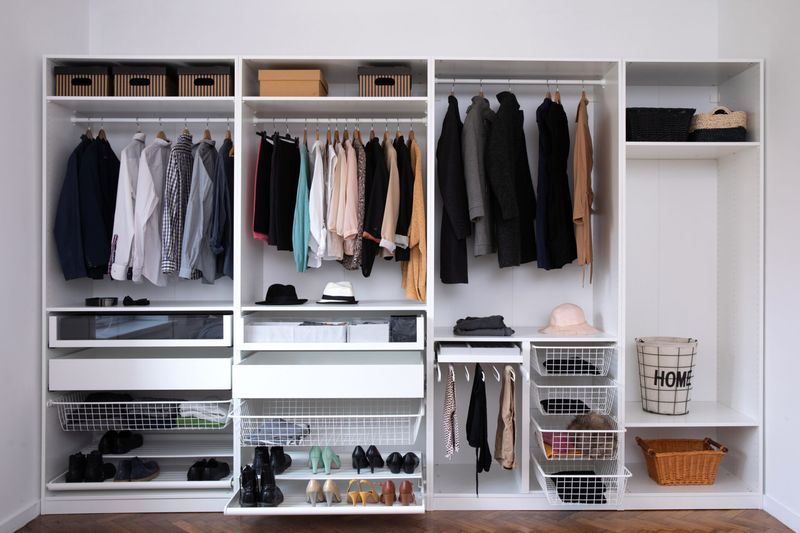
Buyers absolutely open closet doors! Cramming your everyday items into already-full storage spaces creates an impression of insufficient storage in your home. This shortcut seriously backfires when potential buyers peek inside and find avalanches waiting to happen.
Storage space ranks high on buyer wishlists. Take time to properly pack excess items and store them offsite. Leave closets about 30% empty to showcase their capacity. Organize remaining items neatly with matching hangers for clothes and labeled bins for smaller belongings.
2. Cramming Furniture Against Walls
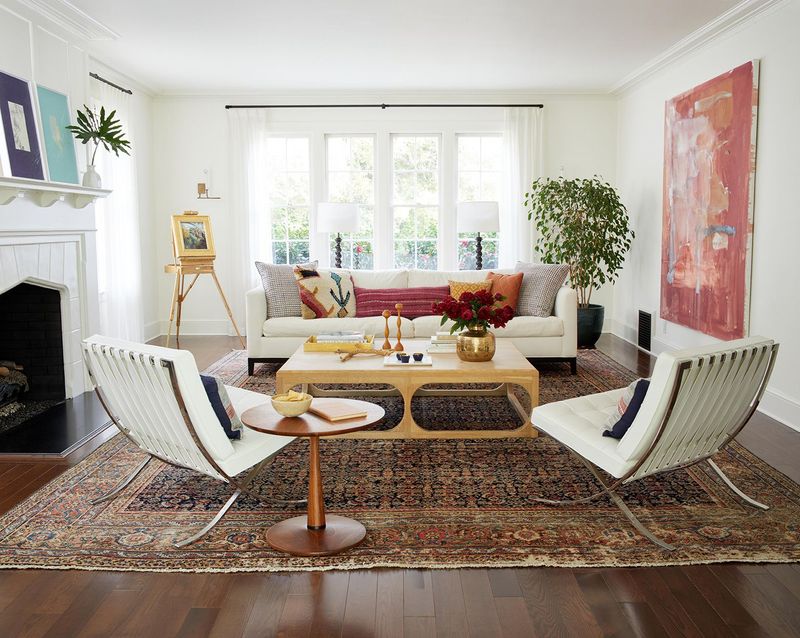
Pushing all your furniture against the walls doesn’t make rooms look bigger – it actually creates awkward empty spaces in the middle. This common arrangement screams “amateur decorator” to potential buyers.
Pull furniture away from walls to create conversation areas. Even in small rooms, floating your sofa a few inches from the wall with a slim console table behind it adds depth. This technique shows buyers how to use the space functionally while making rooms appear more thoughtfully designed.
3. Using Fake Plants That Collect Dust
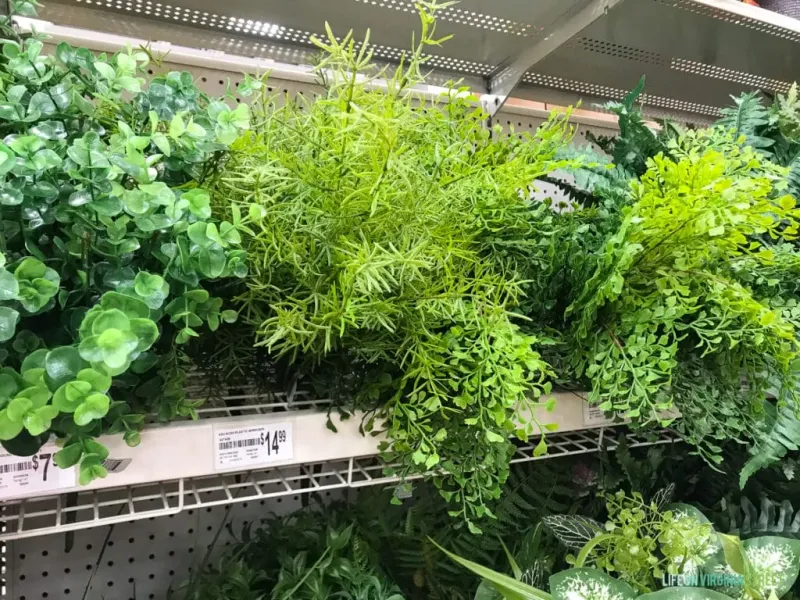
Those plastic ferns gathering dust in the corner aren’t fooling anyone. Low-quality artificial plants often look cheap and dated, especially when they’ve been neglected for years. Nothing says “this homeowner cuts corners” like dusty fake greenery.
Real plants bring actual life and fresh oxygen into spaces. If you can’t maintain live plants, invest in high-quality silk options and clean them regularly. Better yet, place a few fresh-cut flowers or branches in strategic spots on showing days for a natural touch without long-term commitment.
4. Going Overboard with Scents

The artificial cookie smell flooding your kitchen won’t fool anyone. Strong scents – even pleasant ones – can be a major turnoff for buyers with allergies or sensitive noses. Plus, heavy fragrances might make visitors wonder what odors you’re trying to mask.
Fresh air works better than any plug-in or spray. Open windows for 30 minutes before showings when weather permits. If you must add scent, stick to something subtle like a single vase of fresh flowers or a clean-burning unscented candle.
5. Setting Formal Dining Tables

Full place settings with elaborate centerpieces and folded napkins look staged and unnatural. Buyers see right through this artificial attempt to create ambiance. Nobody actually lives with their dining table permanently set for a fancy dinner party.
A simple, clean table with perhaps one beautiful centerpiece works much better. For round tables, a single bowl of fruit looks natural. For rectangular tables, a runner with one or two decorative items creates just enough interest without the pretense of an eternally waiting dinner service.
6. Hiding Your Personal Photos
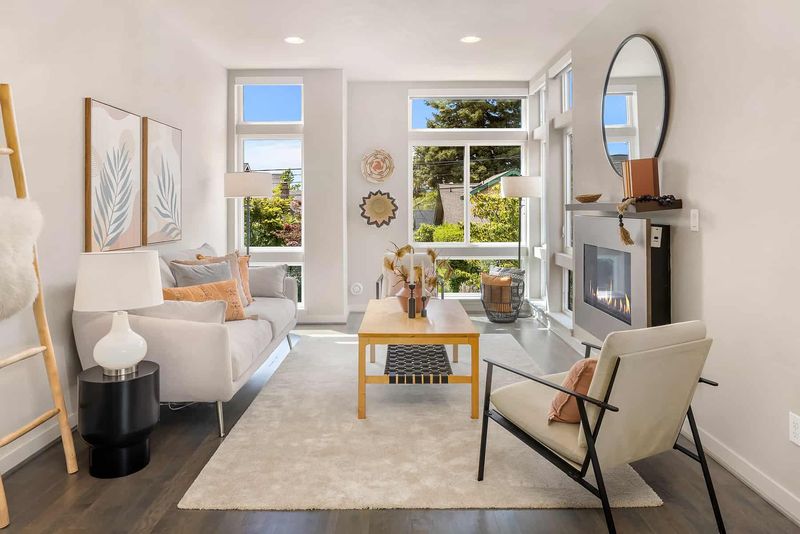
Contrary to popular advice, removing every family photo isn’t always necessary. Many buyers actually connect with homes that feel lived-in and loved. Instead of taking down all personal items, just reduce them to a tasteful few.
I recommend keeping one or two meaningful photos in common areas. This approach saves you packing time while still allowing potential buyers to envision themselves in the space. The goal is balance – not a sterile showroom nor a personal photo gallery.
7. Hanging Tiny Artwork Too High

Small pictures floating high on large walls create awkward proportions that make rooms feel off-balance. This common mistake draws attention to the emptiness of your walls rather than enhancing the space.
Art should hang at eye level, generally with the center about 57-60 inches from the floor. For larger walls, create groupings or invest in bigger pieces that match the scale of your room. When in doubt, bigger is usually better than smaller when it comes to wall décor.
8. Buying Trendy Décor Just For Staging
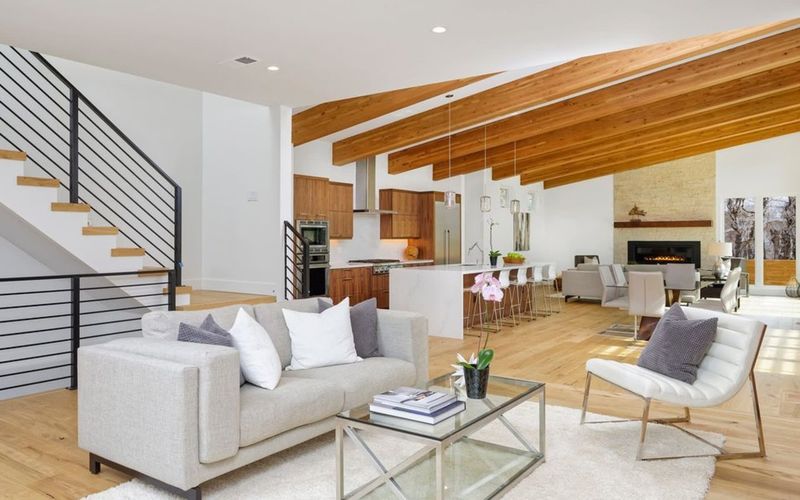
Running out to buy the latest home décor trends specifically for staging rarely pays off. Those copper pineapples and word-art signs that were popular last season often look dated quickly and rarely justify their cost when selling your home.
Work with what you already own when possible. If you must purchase items, choose classic, neutral pieces that enhance the space without drawing too much attention. Simple white ceramics, clear glass vases, and natural materials like wood or stone transcend trends and appeal to more buyers.
9. Creating Fake Rooms From Awkward Spaces
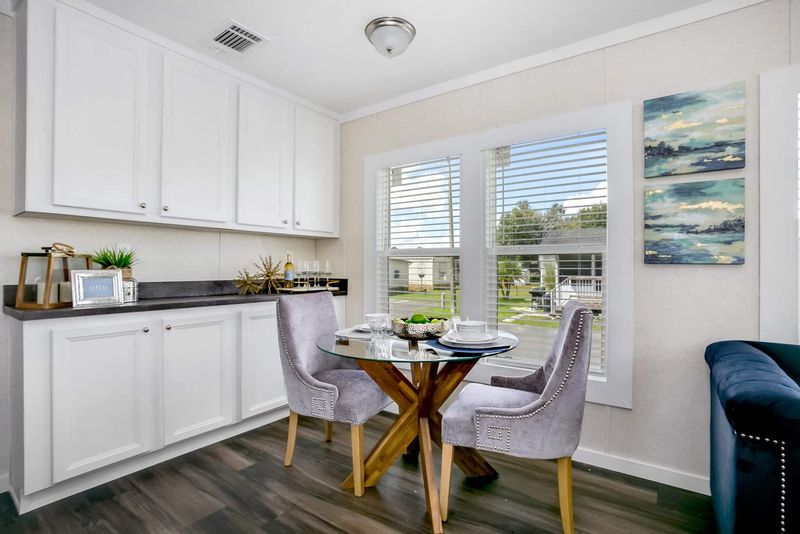
Transforming that random alcove into a “home office” by cramming in a tiny desk often highlights architectural flaws rather than solving them. Buyers can spot forced functionality from a mile away, especially in truly awkward spaces.
Sometimes less is more with challenging areas. A clean, empty space allows buyers to envision their own solutions. If you must define the area, choose scale-appropriate furniture and a clear purpose that makes sense for the space’s size and location.
10. Neglecting Curb Appeal For Interior Focus
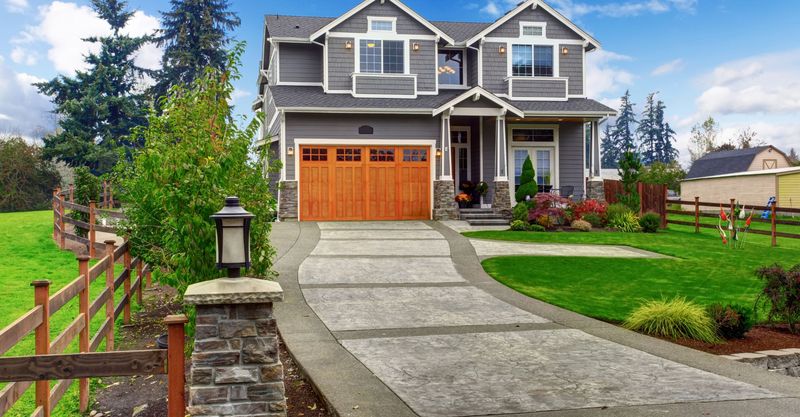
Many sellers spend weeks perfecting their interior while completely ignoring the front yard – the very first thing buyers see! This misplaced priority means some potential buyers drive away before even entering your beautifully staged rooms.
First impressions form within seconds. Invest in simple curb appeal improvements like fresh mulch, trimmed bushes, and power-washing the driveway and walkways. A new welcome mat and a pot of seasonal flowers by the door cost little but dramatically impact how buyers feel before they even step inside.


